Claiming Our Streets, (Re)claiming History
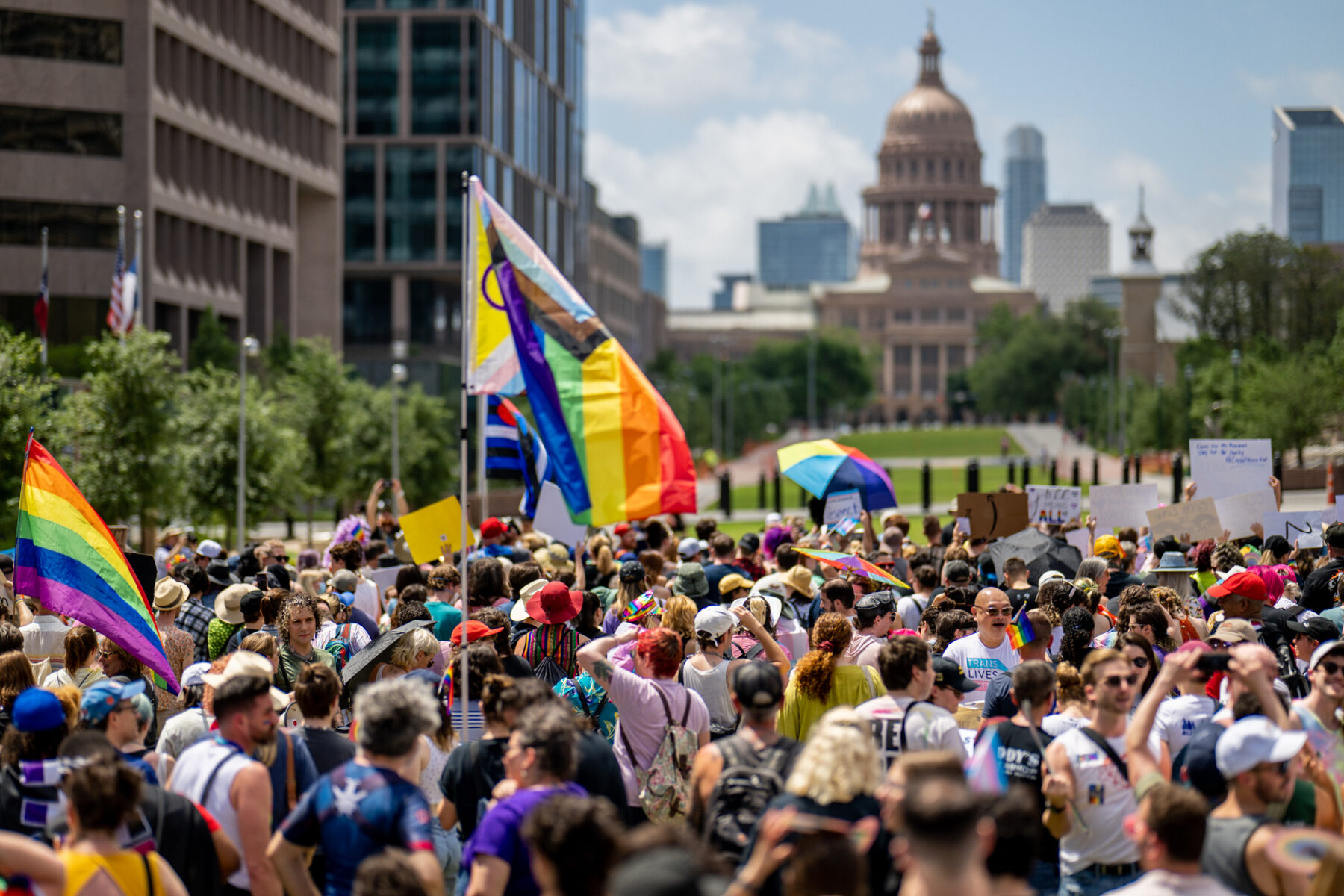
 Sasaki
Sasaki

Public space has long been ground for visibility, resistance, and belonging. Nowhere is this more evident than in the streets surrounding Stonewall in New York’s West Village, where, in 1969, an uprising catalyzed the modern LGBTQ+ rights movement. Today, these same streets continue to serve as a stage for activism and a testament to the community’s ongoing fight for recognition. For landscape architects, our work holds the potential to honor history, amplify marginalized voices, and foster inclusivity.
I’ve had the privilege to work on multiple sites of protest, remembrance, and resistance, from the Texas Capitol Mall in Austin to the West Village. For the past year, we’ve collaborated with the West Village Business Improvement District to develop a framework that transforms 7th Avenue South, Christopher Street, and the surrounding area into a cohesive, culturally resonant streetscape. Through this work, we honor the neighborhood’s legacy rooted in Stonewall’s pivotal role in the gay liberation movement, carrying with it immense historical and emotional weight.
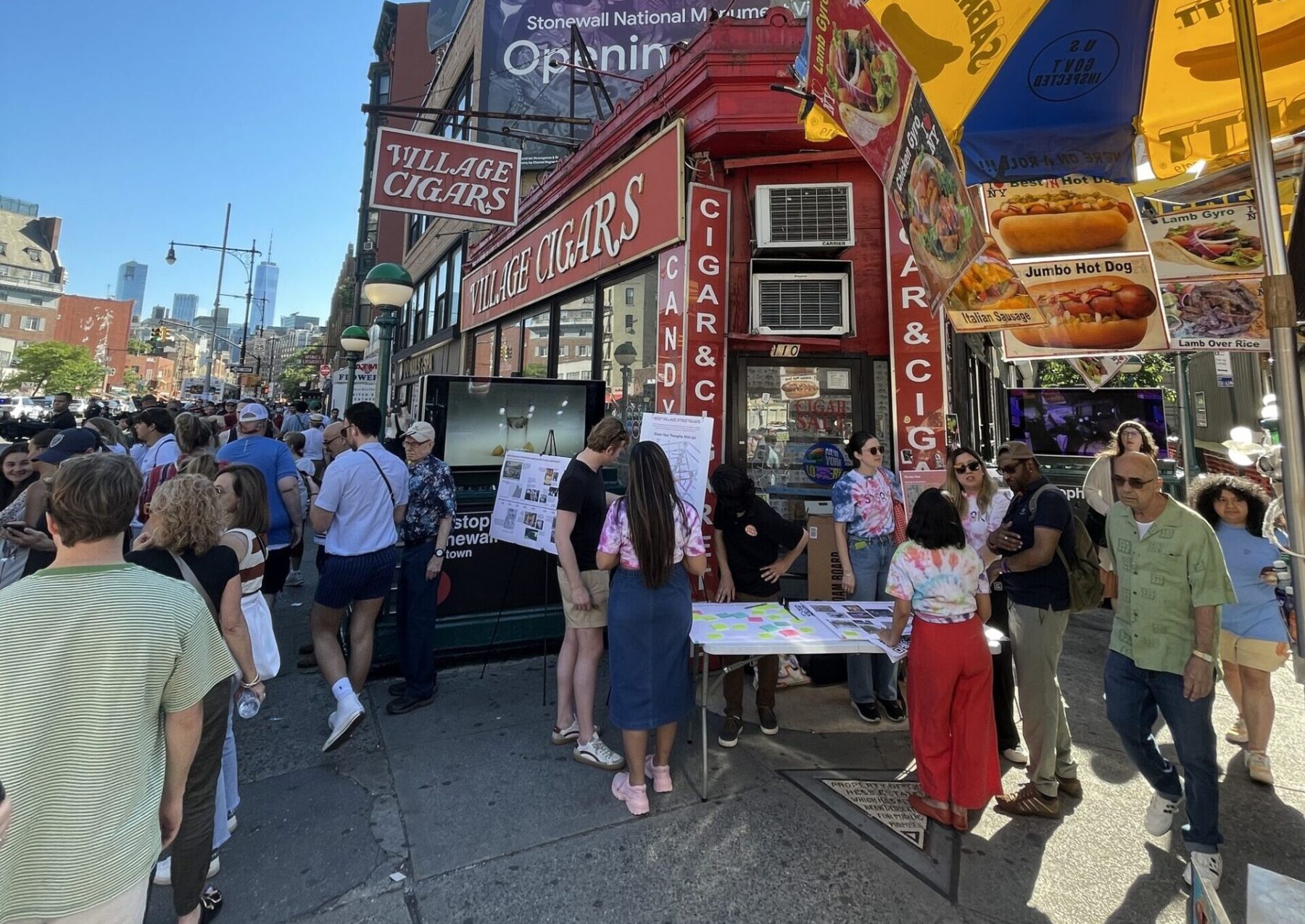
Public engagement during Pride 2024 at the historic Village Cigars site.
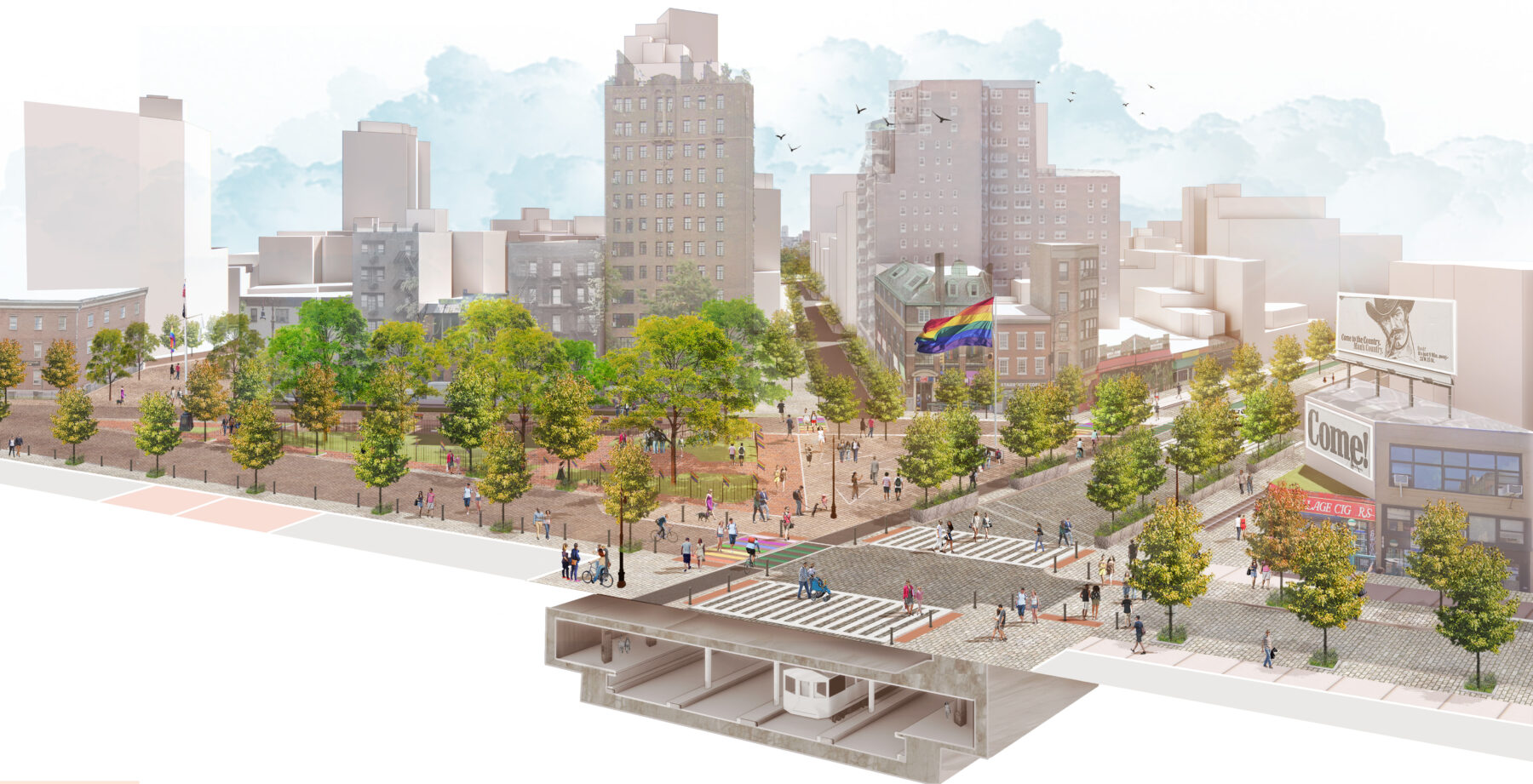
Design for Christopher Street and 7th Avenue South Intersection for the West Village Streetscape Master Plan. Philip is leading the team working on the plan.
In 2016, President Obama signed a proclamation establishing America’s first national park site dedicated to LGBTQ+ history, coinciding with the publication of the LGBTQ Theme Study by the National Park Foundation for the National Park Service (NPS) later that year. Additional NPS framework documents for the Stonewall National Monument followed—including the Foundation Document (2019) and the Cultural Landscape Inventory (2020)— outlining strategies for preserving and celebrating the area’s rich history. These documents were the first steps in realizing a vision of inclusive stewardship for historic LGBTQ+ sites.
Now, our approach builds on this to begin visualizing and celebrating the West Village neighborhood’s irregular street pattern and stitching together its diverse identity. The work transcends physical improvements, aiming to honor the stories that define this place by becoming a unifying thread for the neighborhood.
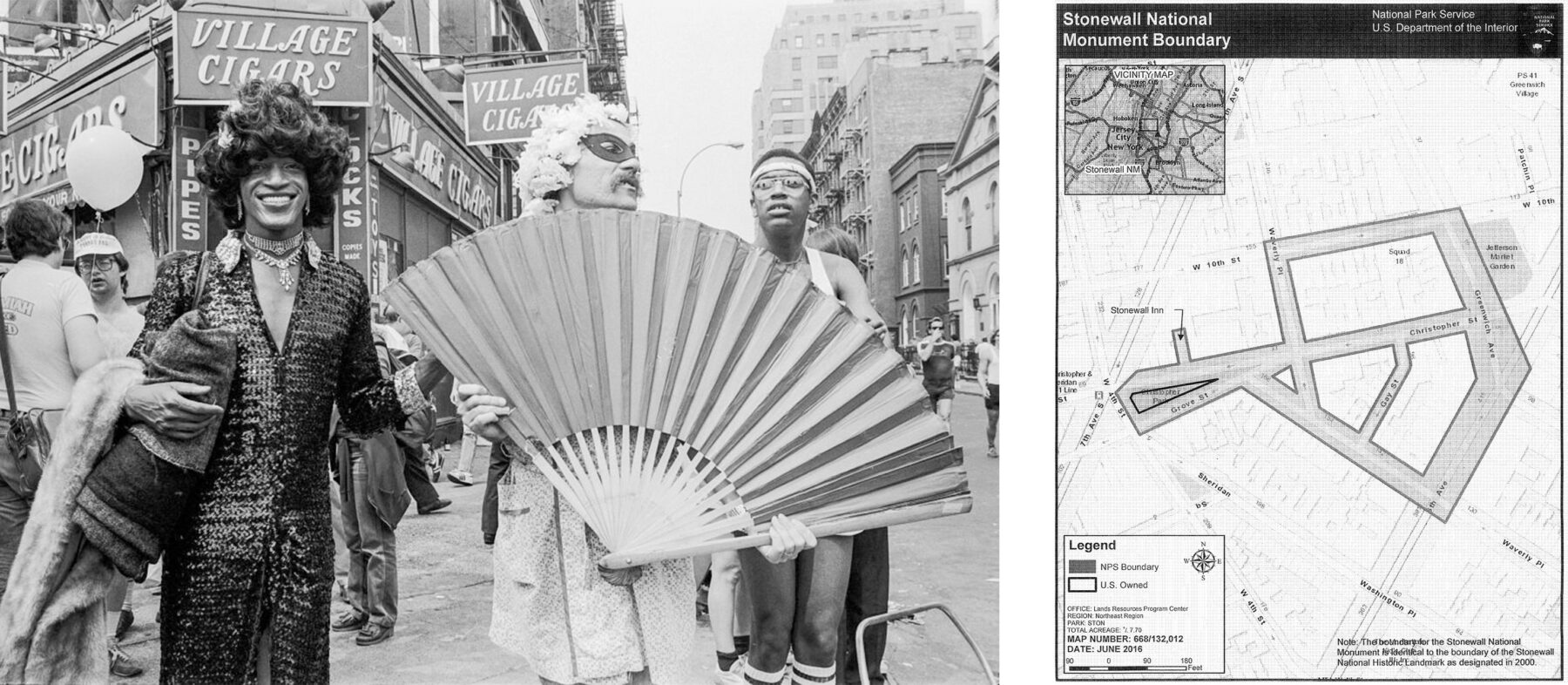
Marsha P Johnson & friends, Photo by Barbara Alper (left). Stonewall National Monument Boundary Map from Proclamation 9645 (right).
Just as the built environment shapes collective memory, the language we use, or erase, determines whose stories are remembered.
The Stonewall uprising; it’s hard to overstate just how important this moment was for the gay liberation movement. It wasn’t a spontaneous outburst; it was a boiling point reached after years of discriminatory masquerade laws and brutal police tactics targeting the LGBTQ+ community. Figures like Sylvia Rivera and Marsha P. Johnson stood at the forefront of this fight, risking everything for the rights of their community. They faced violence of the state but also marginalization within their own community. Yet, they persevered, laying the foundation for today’s progress.
Imagine standing on the ground of Stonewall where a riot ignited a movement only to find the echoes of those trans voices silenced. A recent deletion of the landmark LGBTQ Theme Study and removal of transgender and queer references from the NPS website, including the reduction of “LGBTQ” to “LGB,” constitutes a linguistic erasure that is akin to removing landmarks or signs that acknowledge their presence in physical spaces.
Such actions demand renewed commitment to inclusive activism and visibility, both in physical spaces and in the narratives we uphold.
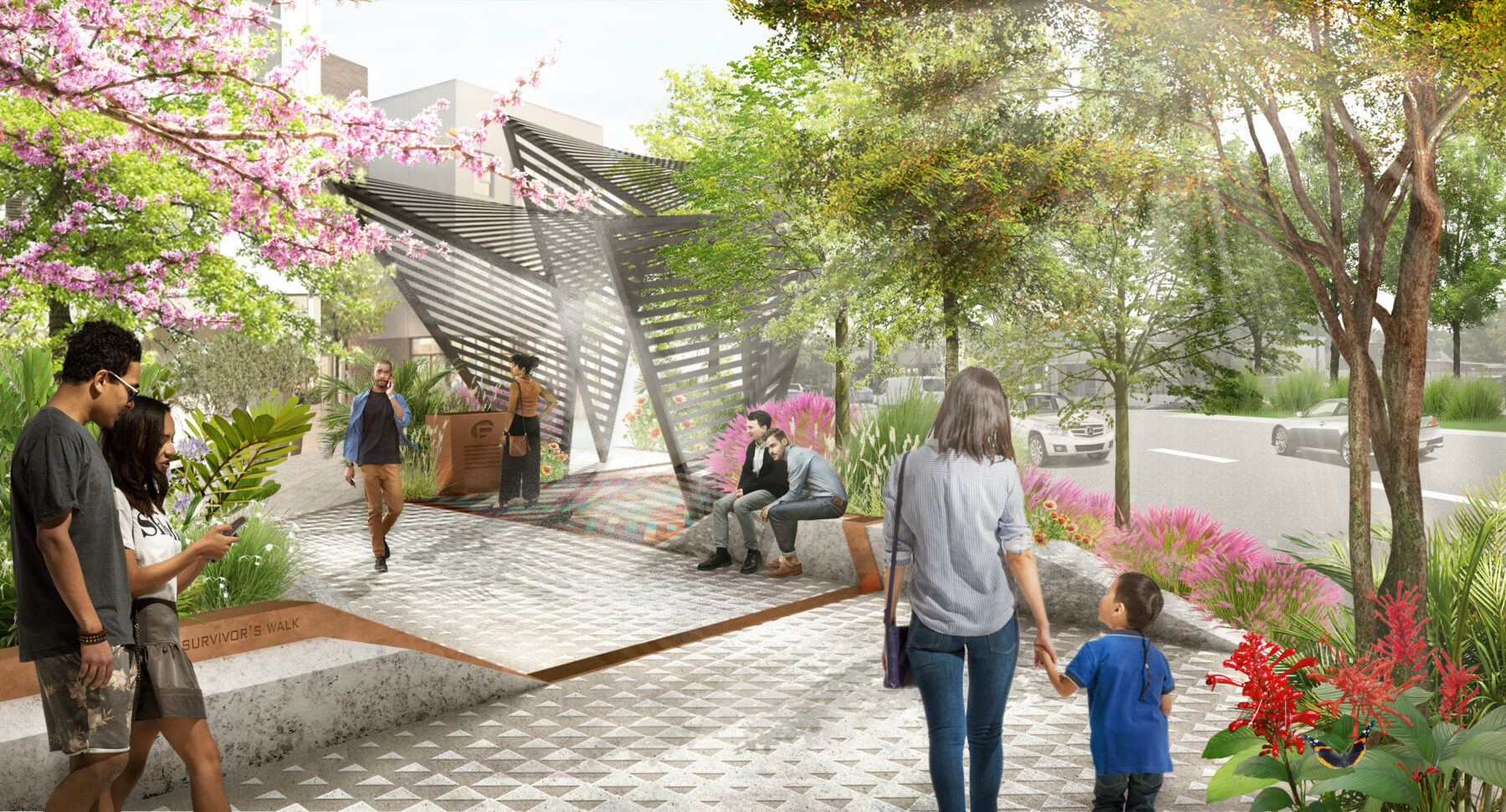
Survivors Walk – Pulse Memorial & Museum for Equality Design Competition (Sasaki & Mass Design Group) Philip led the Sasaki team
One step to counter this is to actively “queer” our public spaces, transforming them into havens of inclusivity and acceptance. This goes beyond mere tolerance; it means designing environments that celebrate LGBTQ+ identities and address the needs of the community. Designs must surpass simple tokenizing symbols, and create spaces that can strengthen communities and bridge divides.
Of course, incorporation of landscape elements such as art, lighting, and designs representative of the LGBTQ+ community, such as vibrant crosswalks, serve as powerful symbols of visibility, but more crucially, we must prioritize necessary amenities such as gender-inclusive restrooms to ensure comfort and safety for all users.
Approaches that prioritize flexibility, cultural representation, and collaborative action can help build inclusive environments and transform urban environments into platforms for queer expression, education, and solidarity
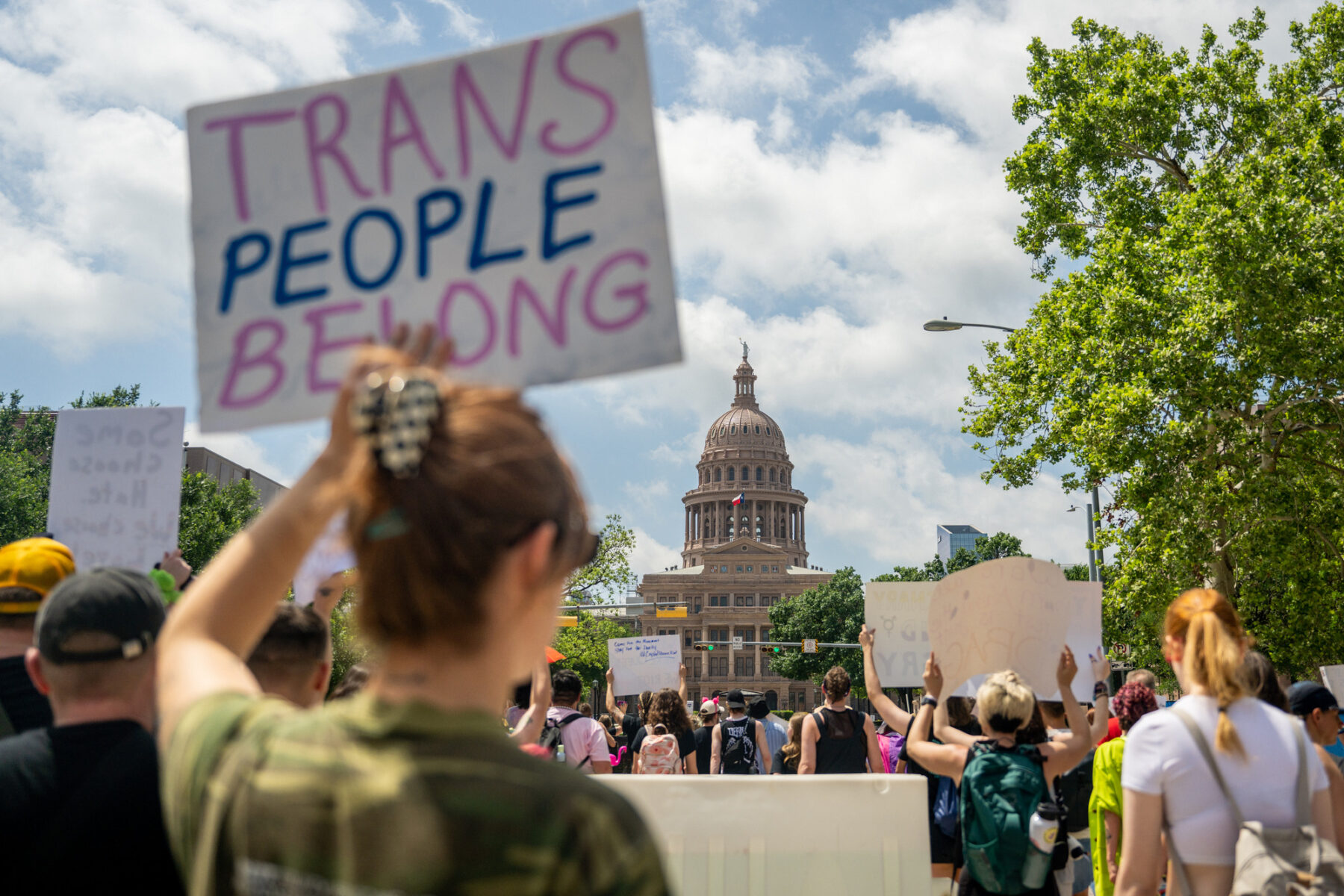
“Queer March On The Capitol” was held on the newly constructed Capitol Mall to support LGBTQ+ rights. Photography by Brandon Bell
The right to assemble and express dissent is fundamental to a free society and urban design plays a crucial role in facilitating effective and safe protests. Spaces like Stonewall, which emerged from spontaneous resistance, serve as powerful reminders that urban environments can be catalysts for social change.
The irregular street pattern surrounding Stonewall played a critical role in hindering police tactics and enabling protesters to evade capture. Witnesses reported seeing police chase participants through the streets, only to see them reappear behind the police around the next corner.
Effective protest spaces often require specific conditions, such as open, freely accessed, and centrally located areas. Designing designated protest zones with amenities like water stations and first aid areas can balance the needs of protesters with public safety. Flexible spaces can also adapt to different needs during demonstrations and ensure that these spaces remain relevant and useful over time. Thoughtful urban planning can ensure that these important spaces and monuments remain vibrant centers of community and activism, fostering a sense of belonging and empowerment.
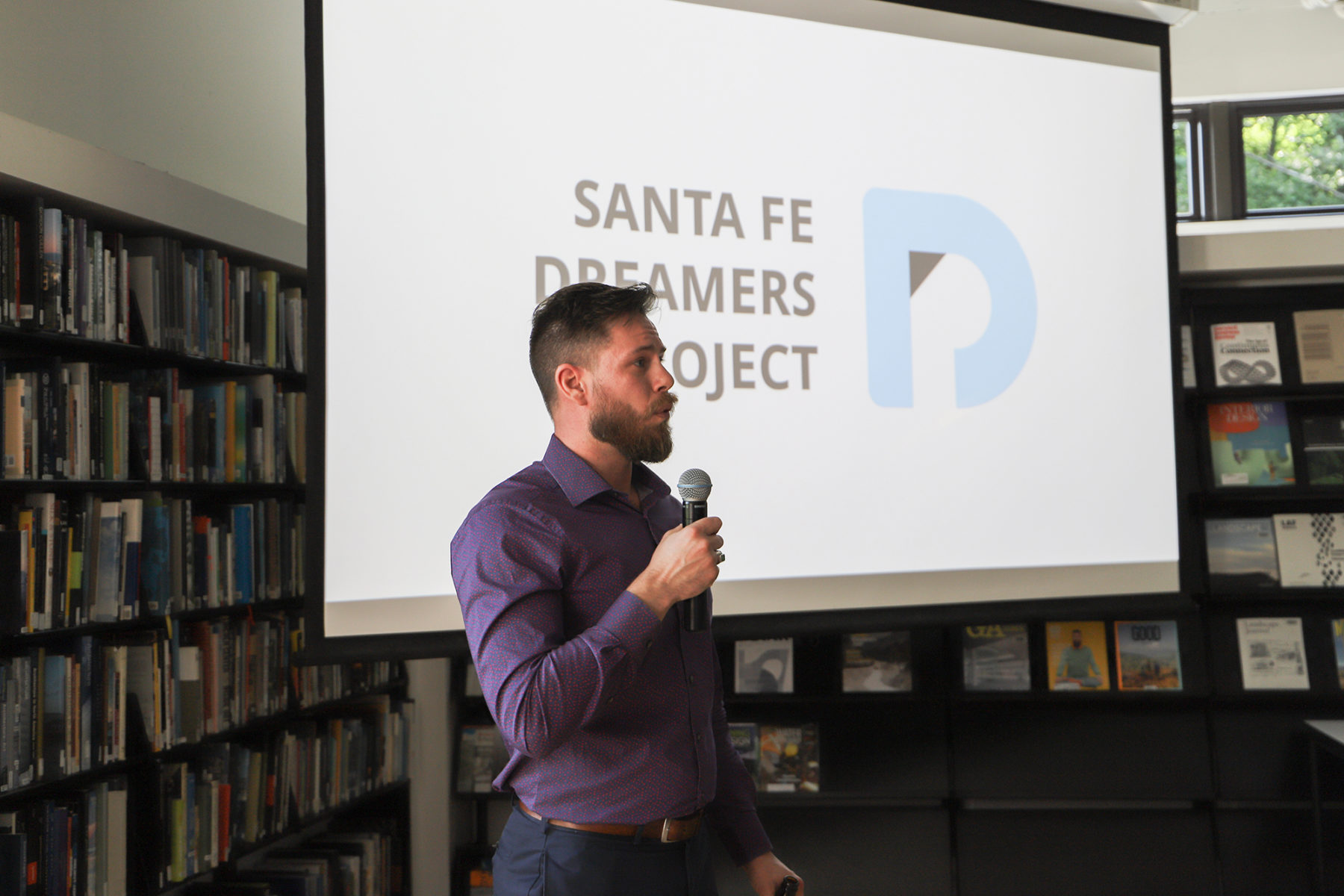
Andy Sell discussing fundraising for the Santa Fe Dreamers Project
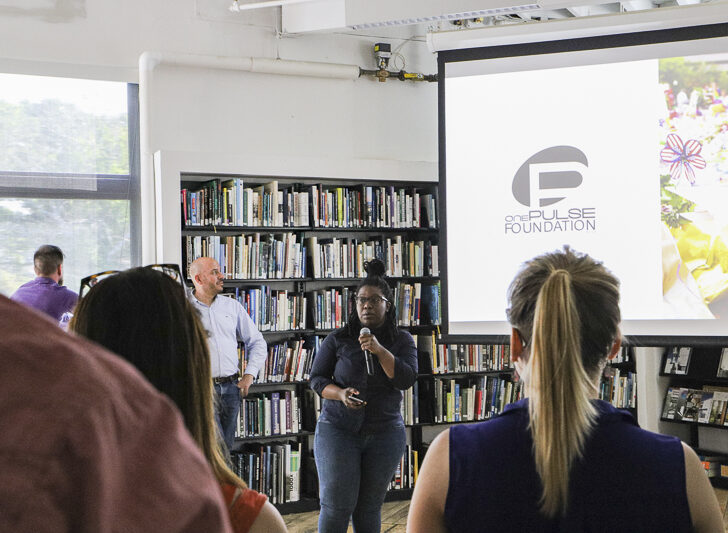
Breeze Outlaw discusses the onePulse Memorial project
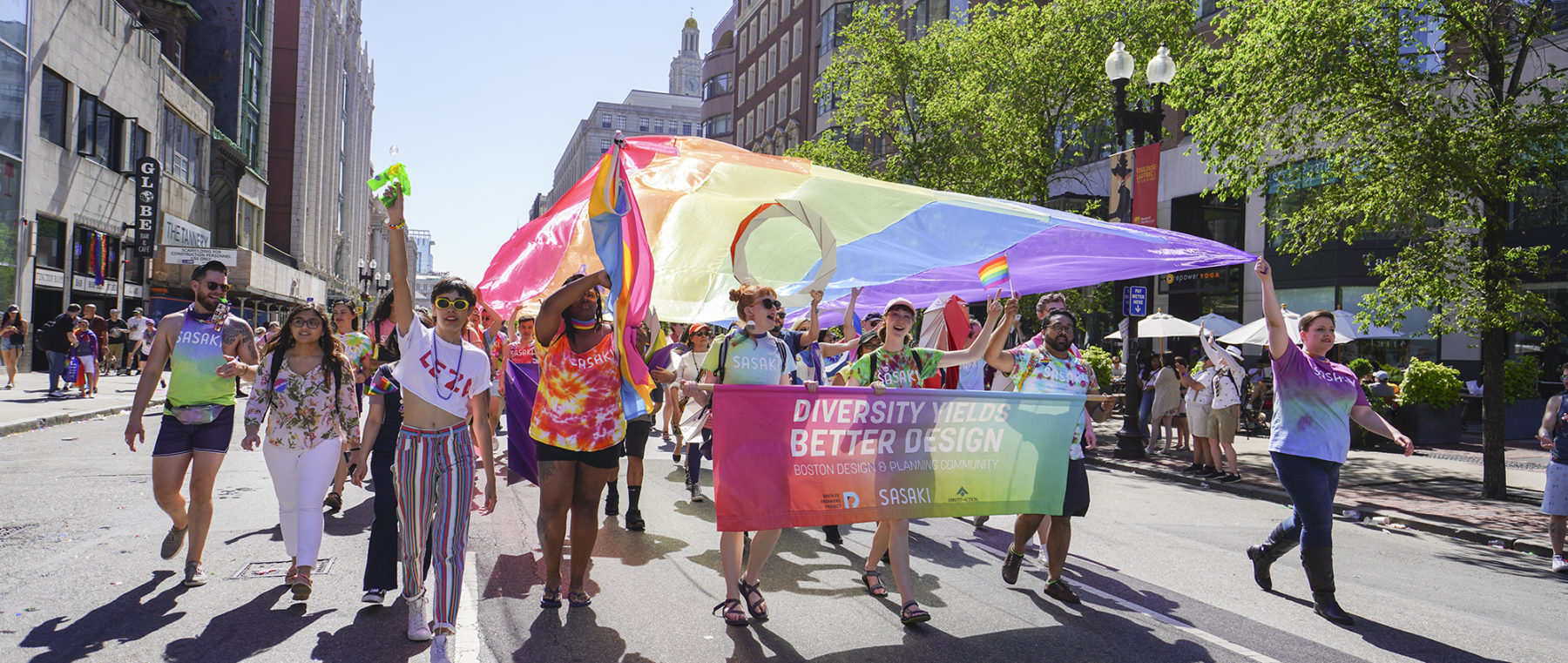
Sasakians walk in the Boston Pride 2019 parade
Andy Sell discussing fundraising for the Santa Fe Dreamers Project
Breeze Outlaw discusses the onePulse Memorial project
Sasakians walk in the Boston Pride 2019 parade
This erasure of trans stories is a painful reminder that the fight for LGBTQ+ rights is far from over. Stonewall was never just a place; it was an act of defiance, fueled by the courage of individuals who stood up against injustice and discriminatory laws that attempted to erase identities.
And the fight continues in places beyond our streets, as designers, we must champion inclusive design practices. This starts with education and awareness, encouraging open dialogues about LGBTQ+ history, culture, and challenges within the workplace.
As designers, we must also take action within our workplaces by providing platforms for LGBTQ+ voices to be heard. We can create a sense of belonging and empowerment that encourages employees to bring their authentic selves to work. Designers can use their influence to advocate for policies and practices that protect LGBTQ+ rights, such as non-discrimination policies, gender-affirming healthcare benefits, and family leave policies that recognize diverse family structures.
Over the past few years, I’ve had the privilege of collaborating with a diverse group of landscape practitioners focused on supporting LGBTQ+ voices and promoting inclusivity within their firms through initiatives like PRIDExASLA . As we head towards Pride month, we must strengthen these support systems and unite to send a powerful message of solidarity and resistance against erasure.
Every voice and every action matters in this ongoing struggle for equality. The battle doesn’t only take place in demonstrations, but in all facets of our lives, including design. By reimagining our public spaces, we can create physical manifestations of our commitment to inclusivity and resistance against erasure.